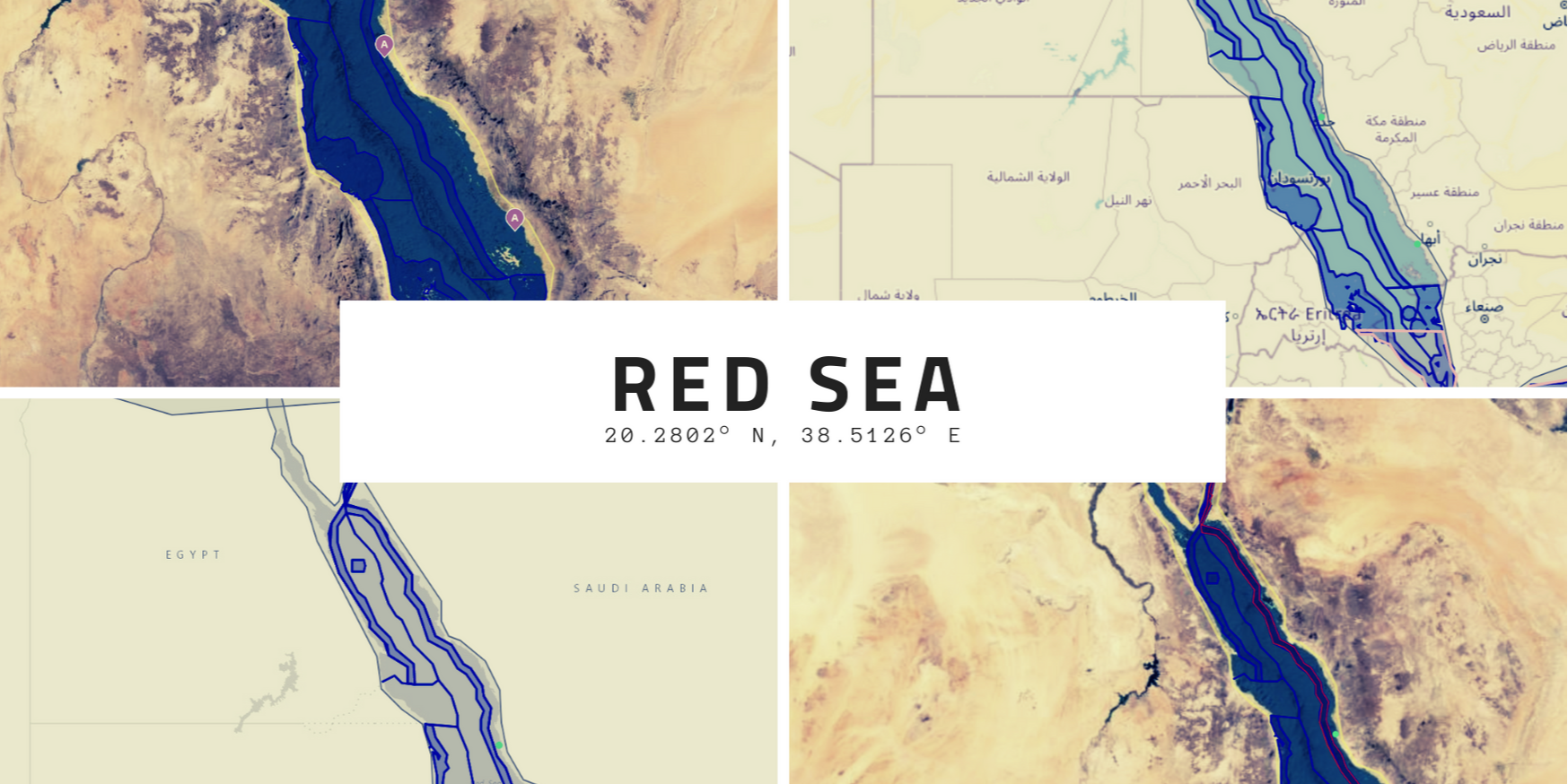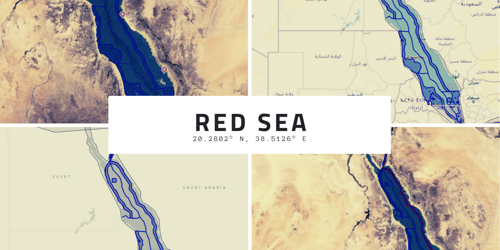3 min read
US MARAD security warning update:Red Sea, Persian Gulf, Western Indian Ocean
By: Gard on September 30, 2021 at 8:00 AM

Regional conflict, heightened military activity, and increased political tensions pose threats to merchant vessels operating in the above geographic areas.
On 1 September 2021 the US Maritime Administration (MARAD) issued a revised advisory (2021-009) to US flagged commercial vessels operating in the Persian Gulf, Strait of Hormuz, Gulf of Oman, Arabian Sea, Gulf of Aden, Bab el-Mandeb Strait, Red Sea, and Western Indian Ocean. The advisory warns that regional conflict, heightened military activity, and increased political tensions continue to pose threats to merchant vessels operating in these geographical areas. It further states that threats may come from a number of different sources including, but not limited to, unmanned aerial vehicles (UAVs), limpet mines, explosive boats, and pirates. With little or no warning, vessels operating in these areas may also encounter navigation or communication disruptions, such as GPS interference, AIS spoofing, and bridge-to-bridge communications spoofing. Reference is also made to MARAD’s advisory 2021-010 on GPS interference particularly.

At the time of writing, MARAD has notified the industry of seven security incidents in 2021 involving merchant vessels operating in these areas. One of its threat alerts describes a mine placed on a vessel’s hull while operating in the Persian Gulf. Other alerts refer to incidences of explosions, one occurring near a vessel’s waterline while transiting the Gulf of Oman and two occurring onboard vessels underway in the Arabian Sea. And while MARAD recognizes that some of the vessels involved may have been targeted specifically due to their association with certain countries, individuals, or companies, it also emphasizes that the potential remains for miscalculation or misidentification that could lead to aggressive actions against “non-associated” vessels. It further underlines that the conflict in Yemen continues to pose a direct or collateral risk to vessels transiting the Red Sea, Bab el-Mandeb and Gulf of Aden, and that piracy poses a threat in the Gulf of Aden, Western Arabian Sea, and Western Indian Ocean.
Recommendations
MARAD recommends vessels operating in this area to review their security measures, ensure their AIS is transmitting at all times (except in extraordinary circumstances, consistent with the provisions of SOLAS), and monitor VHF Channel 16. Furthermore, the following guidance is provided:
- Conduct a pre-voyage risk assessment and incorporate appropriate protective measures into their vessel security plans.
- Take advice from available industry guidances, such as the
- Best Management Practices to Deter Piracy and Enhance Maritime Security in the Red Sea, Gulf of Aden, Indian Ocean and Arabian Sea (BMP5),
- Recommended risk mitigating measures published by BIMCO, ICS, Intertanko, Intercargo and OCIMF in January 2021, and
- Bridge Reference Cards produced by the International Maritime Security Construct (IMSC).
- Maintain a vigilant lookout at all times, particularly when at anchor, operating in restricted maneuvering environments, or proceeding at slow speeds. Pay attention to the vessel’s waterline and look for suspicious activity such as approaching swimmers or small boats.
- Avoid entering or loitering near Yemen's ports, and exercise increased caution if entering Yemen’s territorial waters or Saudi territorial waters in the Red Sea.
- Establish and remain in contact with the United Kingdom Maritime Trade Office (UKMTO) as per BMP5. Immediately report any incident or suspicious activity.
- Answer all VHF calls from coalition navies.
Like MARAD, the IMB Piracy Reporting Centre (PRC) encourages Masters and shipowners to register and report their vessels as per the BMP5 procedures and ensure that their vessel is hardened prior to entering the Indian Ocean piracy High Risk Area (HRA). While transiting through these waters it is essential to maintain a 24-hour visual and radar watch. Keeping in mind the warnings and alerts for the area, an early sighting/detection of an approaching skiff will enable an accurate assessment, allowing the Master and any privately contracted armed security personnel (PCASP) to make informed decisions to keep clear of small boats, dhows, fishing vessels and if necessary, take evasive actions and request assistance as needed. The IMB PRC also reminds Masters that fishermen in this region may try to protect their nets by attempting to aggressively approach merchant vessels and some of the fishermen may be armed to protect their catch. They should not be confused with pirates.
Source: Gard
Related Posts
Best Management Practice BMP5 Anti Piracy Measures
Best management practices 5 (BMP5) is the fifth version of a set of guidelines intended to deter..
Experts warn Somali piracy risks remain as final..
The release of three Iranian crew members, on 20 August, marks the end of the Somali piracy era,..
Maintaining Maritime Security in the Western..
Shipping needs to continue to maintain a high level of awareness in the Western Indian Ocean and..



